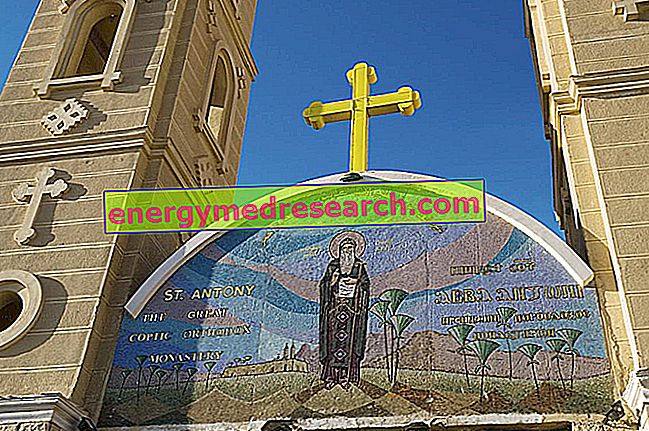
" Herpes zoster ", derives from two words, "herpes" from the noun " herpetón " and " zoster ", which in classical Greek mean " snake " and " belt " respectively. The name appropriately describes the disease: in most cases, in fact, the sensation of painful burning and vesicular eruptions are distributed on the trunk like a half belt, as the varicella-zoster virus (VZV) preferably affects the ganglia of the dorsal roots .
In the popular tradition, then, the Herpes zoster is also known as the "shing fire" . According to the mystical-religious interpretation, in fact, the hermit was tormented in the desert by the devil who manifested himself in the form of a snake. Saint Anthony the Abbot (about 250-356) had the reputation of a miracle worker and healer and for centuries, for his relationship with " that great spirit of fire " which he himself had received, he was associated with different diseases with the common characteristic of causing pain and intense burning. Thus, when the relics of the Saint were transferred to France, in the 11th century, all those who suffered from severe painful and burning illnesses - later identified as zoster, syphilis, erysipelas (acute bacterial skin infection), ergotism from ergot (disease foodborne toxic) - they addressed their prayers.



